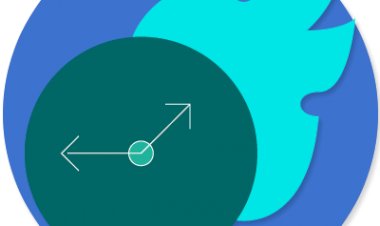Big data and the Big 5
Since ancient times, humans have tried to understand each other through categorizing and labeling. Examples range from classical archetypes to the casts of sitcoms.

Main titles
- The Big 5 emerged as a way in which a person's character is evaluated.
- The Big 5 has been used for describing present and future behavior, indicating job preferences, and establishing the likelihood for developing psychological issues.
- Research has identified four personality groups emerging from similarities in Big 5 trait scores: role model, self-centered, reserved and average.
Age and gender were related to many of the types:
- Role model (low in neuroticism and high in openness to experience, agreeableness, extraversion and conscientiousness): Women over the age of 40
- Self-centered (high extraversion, medium neuroticism, low openness to experience, low agreeableness and low conscientiousness): Young men.
- Average (high neuroticism, high extraversion, low openess to experience, medium agreeableness, medium conscientiousness): Majority of people
“To say that you are a this or a that, that’s a mistake, what we’re saying is you can group more people in these four clusters than you’d expect by chance. People are fairly continuously distributed throughout the space, there are just higher densities in parts of the space.” - William Revelle, Northwestern.
- The types can be likened to the location and population of cities. More people live in big cities than anywhere else, however most of the country does not live in the cities.
“This is by far the most valid estimate we have of how people cluster into types, but whether those clusters, the four clusters they found, reflect some true underlying reality about people is something that requires other forms of evidence.” - Richard Robins, University of California, Davis.
- Personality typing demonstrates how a distinct collection of traits come together into a whole, however there is no evidence for any specific neurobiological basis for these four groups.
“Breaking it down into one of four types would not allow me to understand you very well. If I want to know what you’re like, I need to know how able you are to do something, how stable you are, how interested you are in things. I need to know all of that to predict or understand what you’re going to do.” - William Revelle, Northwestern.
Source: scientificamerican.com

 vneo
vneo 












